You wouldn’t think some normal, everyday things could actually be deadly. But it’s true! There are harmless-looking items and situations all around us that can turn really dangerous if we’re not careful.

We’re talking about stuff you probably never imagined could kill you. Simple things like certain foods, plants, household products and more. They seem totally safe and you might use them all the time without a second thought. But in the wrong circumstances, they can become life-threatening hazards.
This blog is going to open your eyes to 11 things that may look completely harmless on the outside, but can secretly be killers in disguise.
Cherries
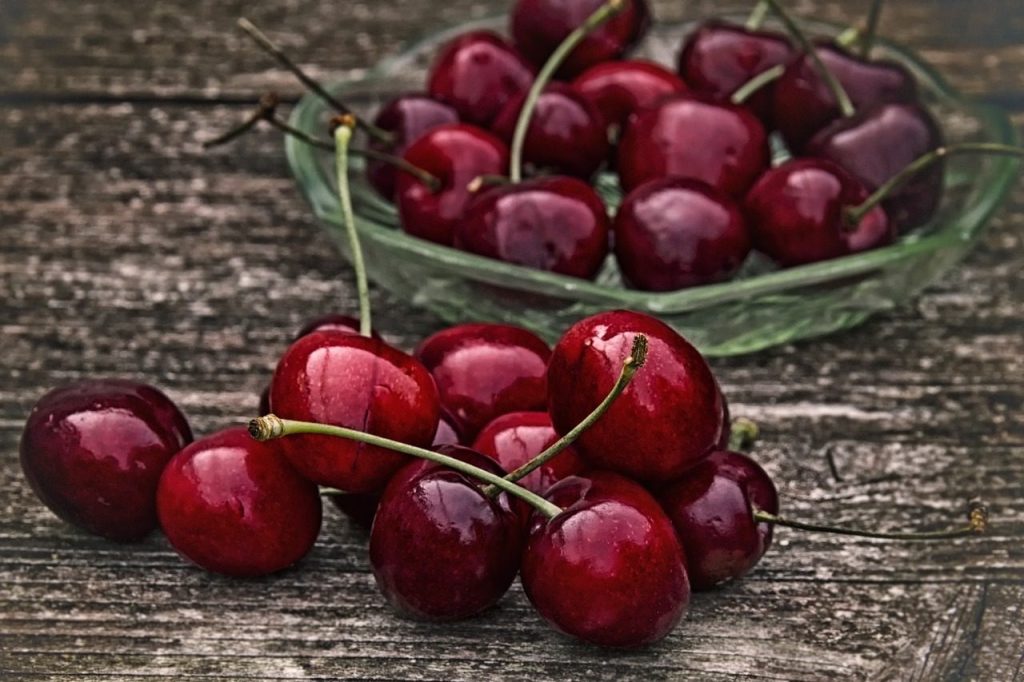
Those sweet, juicy cherries may look like a tasty summer treat, but they actually contain a compound called prussic acid. If you accidentally eat too many cherry pits, the prussic acid can cause nausea, vomiting, dizziness and even death.
The pits aren’t dangerous if you just swallow one whole, but chewing them releases the toxic acid. So be careful when you’re snacking on cherries – those little pits pack a poisonous punch!
Sago Palm Plants
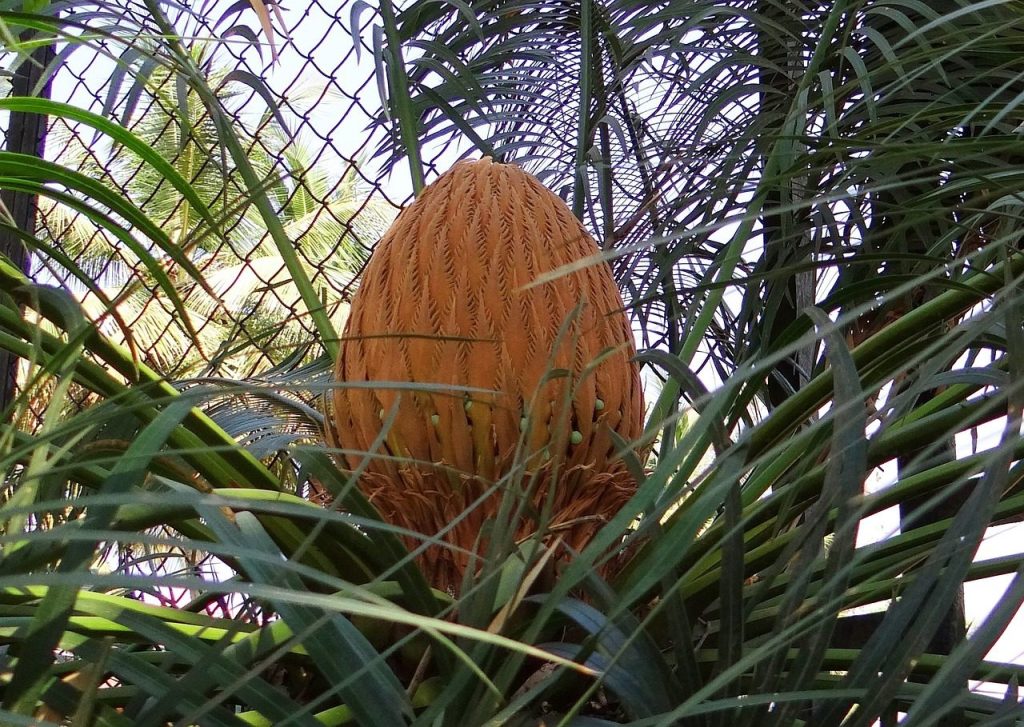
This popular decorative palm tree actually produces seeds with a deadly neurotoxin called cycad. If ingested by humans or pets, just a few seeds can trigger a rapid destruction of the liver and brain hemorrhages.
The ruby-red seeds may look like harmless beads, but they become extremely toxic when chewed or broken apart. Many sago palm poisoning cases were simply from kids or dogs accidentally eating what they thought were safe decorations.
Dieffenbachia (Dumb Cane) Plants
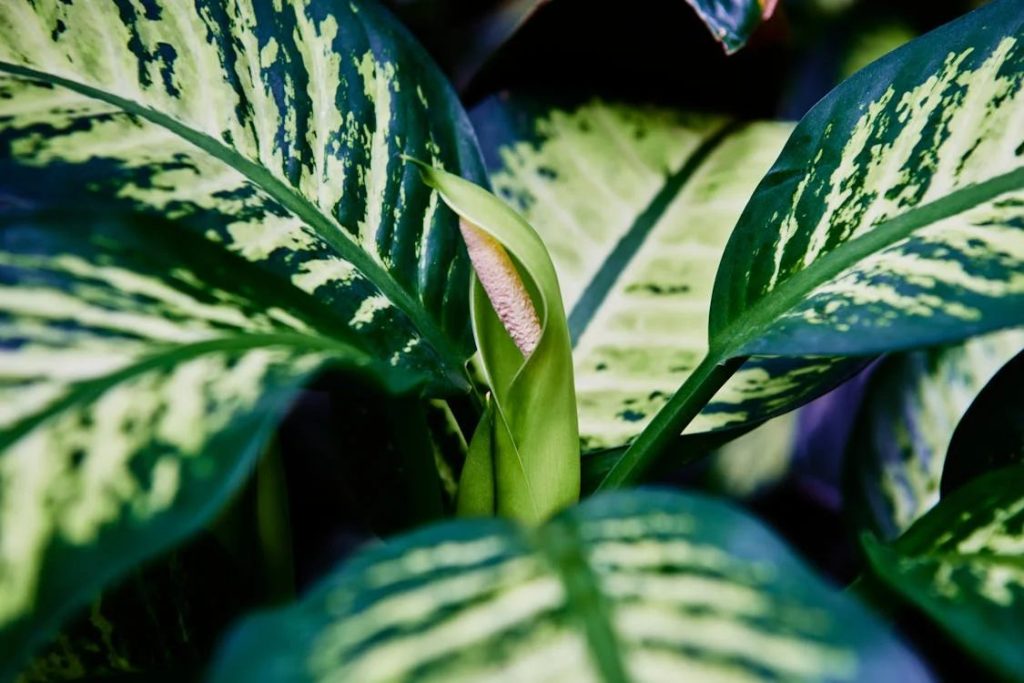
You’ve probably seen these large houseplants with tropical patterned leaves in many homes and offices. But despite their beauty, dieffenbachia have an extremely toxic sap that can dangerously swell airways if ingested.
Just biting into the stem or leaves releases microscopic needles that pierce flesh and cause severe swelling, choking, and potential suffocation. While not deadly to adults if treated quickly, the dumb cane plant earned its name for causing many childhood poisonings.
Buckets of Water/Liquid
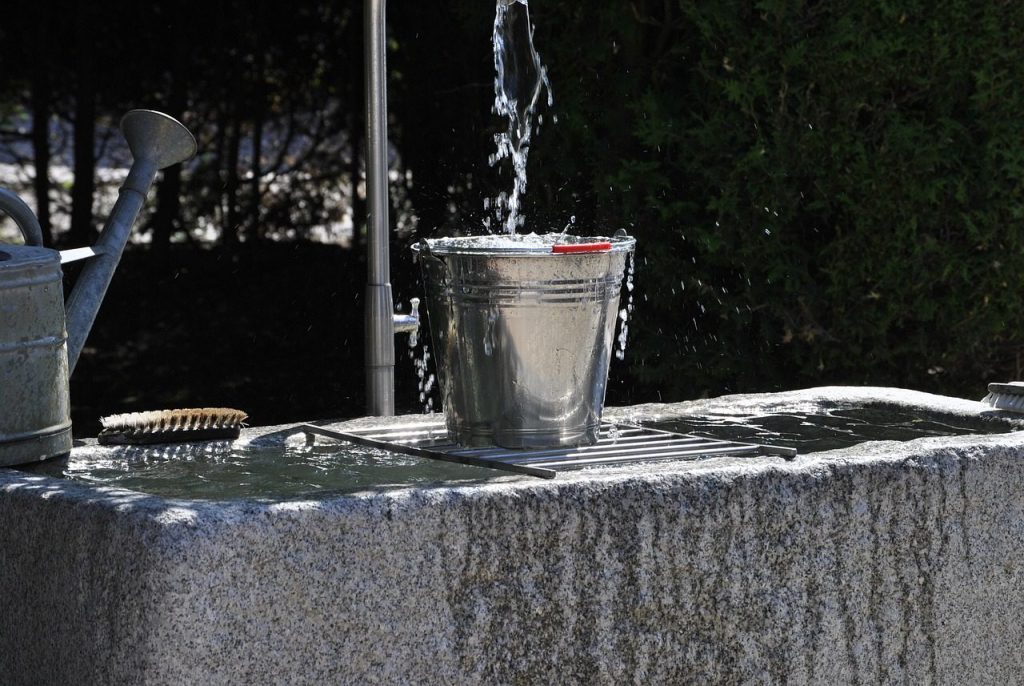
It may seem crazy, but an innocent bucket filled with liquid is one of the deadliest hidden hazards around young kids. Babies and toddlers can accidentally lean over, fall in headfirst and rapidly drown in just a few inches of water, household cleaner, paint or any other liquid.
Because their muscle coordination and top-heavy bodies make them easily topple over, unsecured buckets are an extreme infant suffocation risk that claims over 20 young lives per year.
Dry Concrete
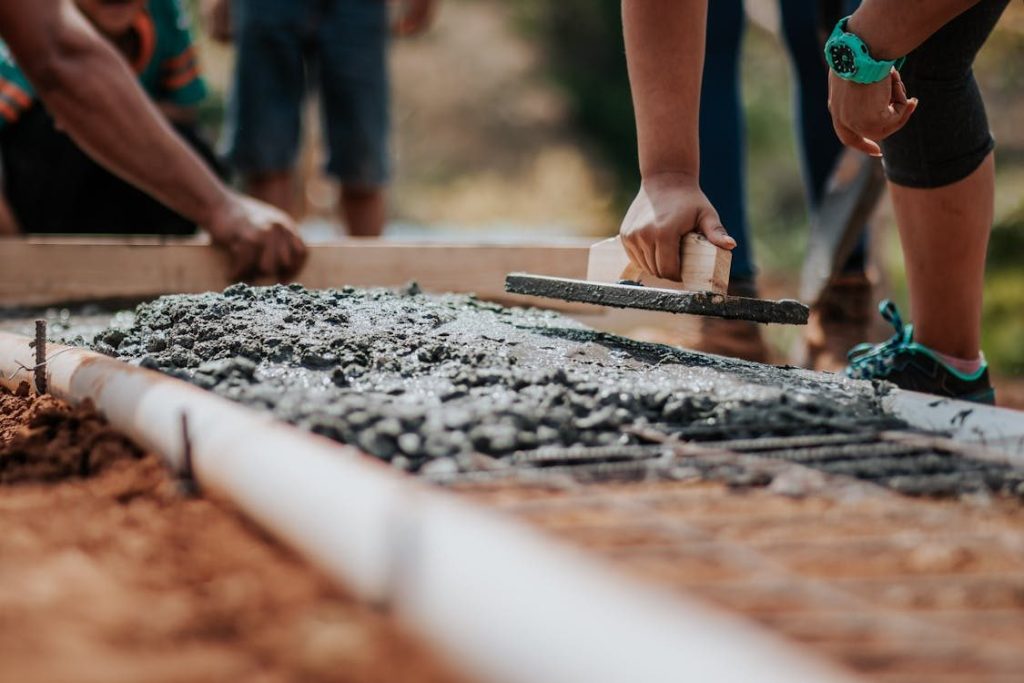
You wouldn’t expect something used to build solid foundations to be so hazardous! But unmixed dry concrete contains extremely alkaline compounds that generate unbearable heat and liquid when mixed with moisture or water.
If dry concrete particles become airborne and are inhaled, the resulting chemical reaction can quickly burn lung tissue. Concrete powder inadvertently ingested can also burn through the digestive tract.
Green Pothos Plants
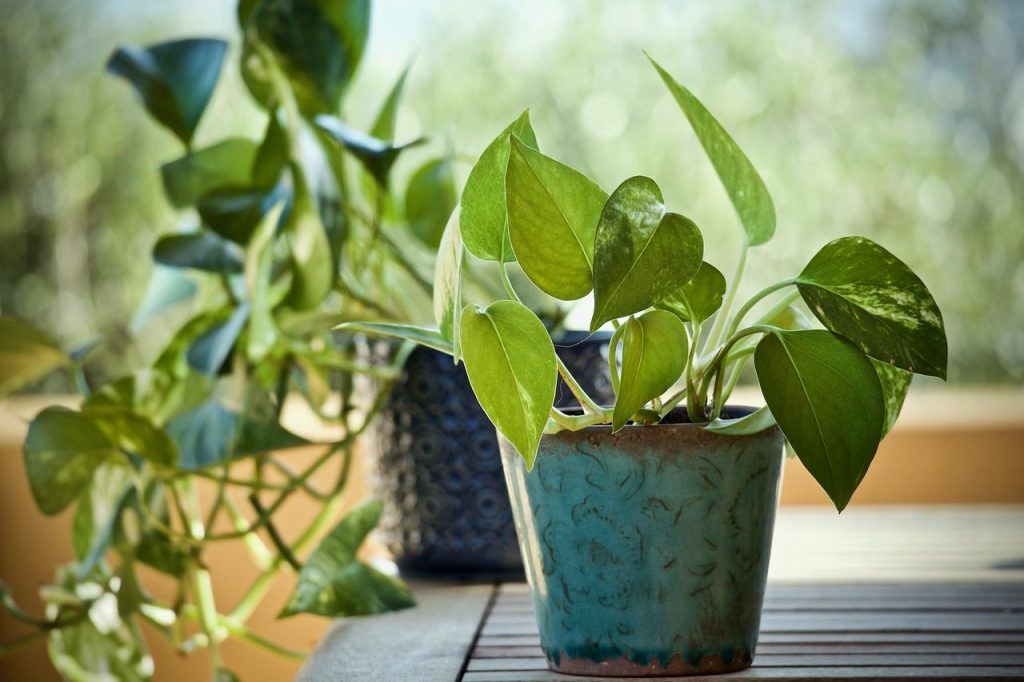
These lush, trailing vines with heart-shaped leaves are extremely popular hanging house plants. But all pothos plant varieties contain toxic calcium oxalate crystals that can seriously injure the mouth, throat and stomach if ingested.
Chewing the tempting leafy vines releases microscopic crystals that penetrate tissue and cause burning, swelling and potentially deadly intestinal blockages if consumed in quantity. Many cases involved young kids mistaking the vines for edible plants with tragic results.
Crushed Paracetamol (Acetaminophen)
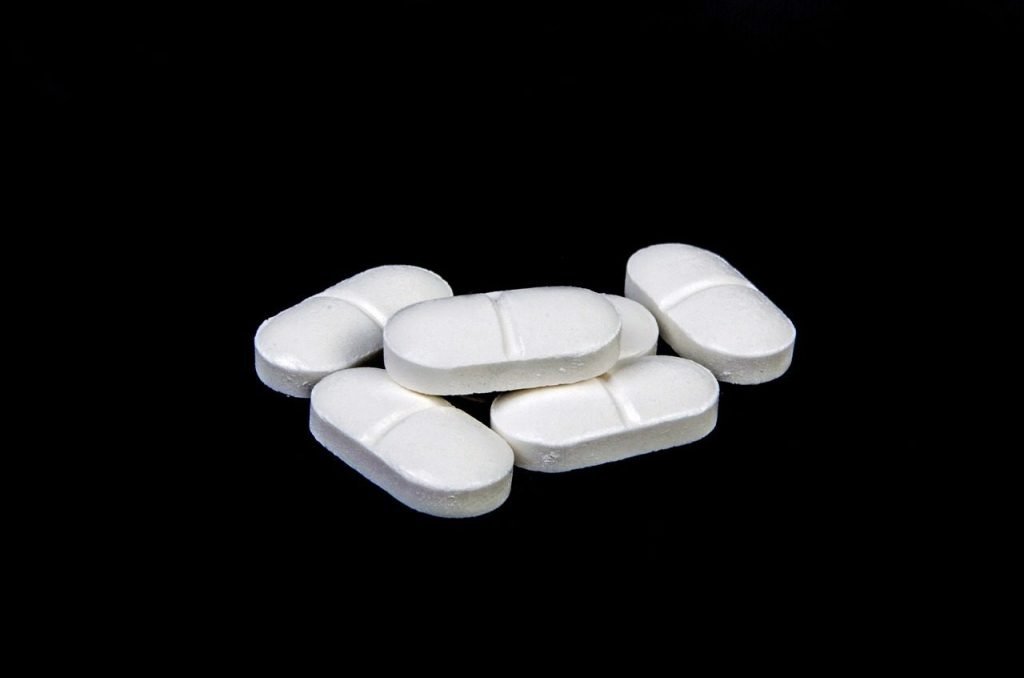
In normal pill form for fevers and pain, this common medication is very safe. But if the pills are crushed into powder form, the concentrated paracetamol surprisingly becomes toxic and can actually destroy your liver!
When snorted or injected by misguided kids or substance abusers, the mega-dose of powder overwhelms the body’s ability to metabolize it safely. An amount equal to just 20-25 crushed pills can deliver a fatal overdose of liver-killing toxicity.
Public Wading Pools/Fountains

They may look refreshing to cool off in during hot summer days, but public water fountains and children’s wading pools can harbor a deadly waterborne amoeba that causes brain infections.
The naegleria fowleri organism is naturally found in warm, unchlorinated surface waters. When contaminated water accesses the nasal cavity, such as during diving or forceful aspiration, the amoeba can travel to the brain and destroy tissue – often proving rapidly fatal.
Rhubarb Leaves
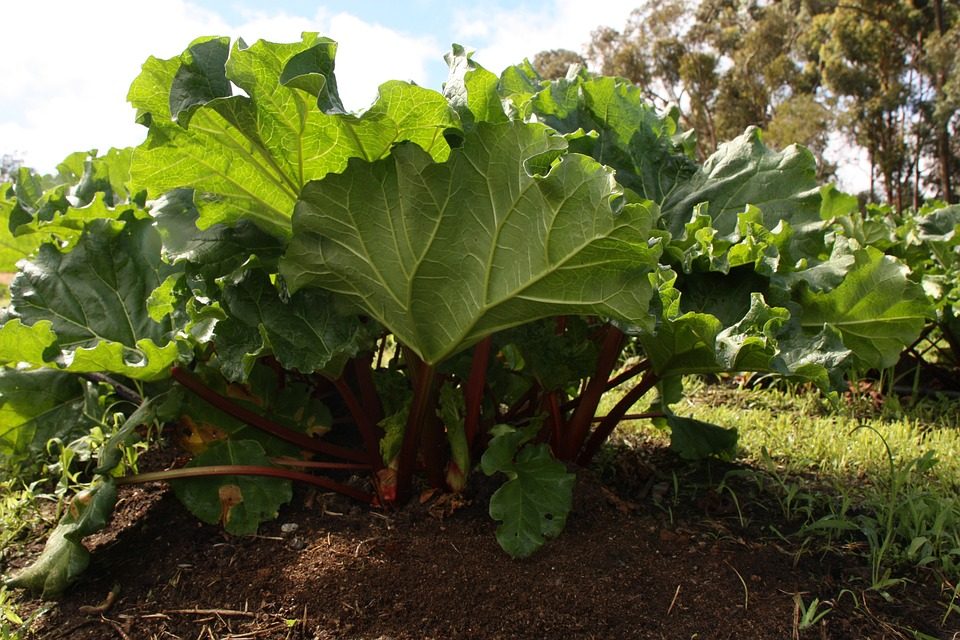
While rhubarb stalks are tasty in pies and jams, the large green leaves should never be eaten. They contain high levels of a toxic substance called oxalic acid that can seriously damage the kidneys and even cause coma or death.
Just a handful of rhubarb leaves contains enough oxalic acid to potentially kill someone. Cooking the leaves won’t remove the toxicity either, making rhubarb foliage an easily mistaken poisonous plant hazard.
Mothballs
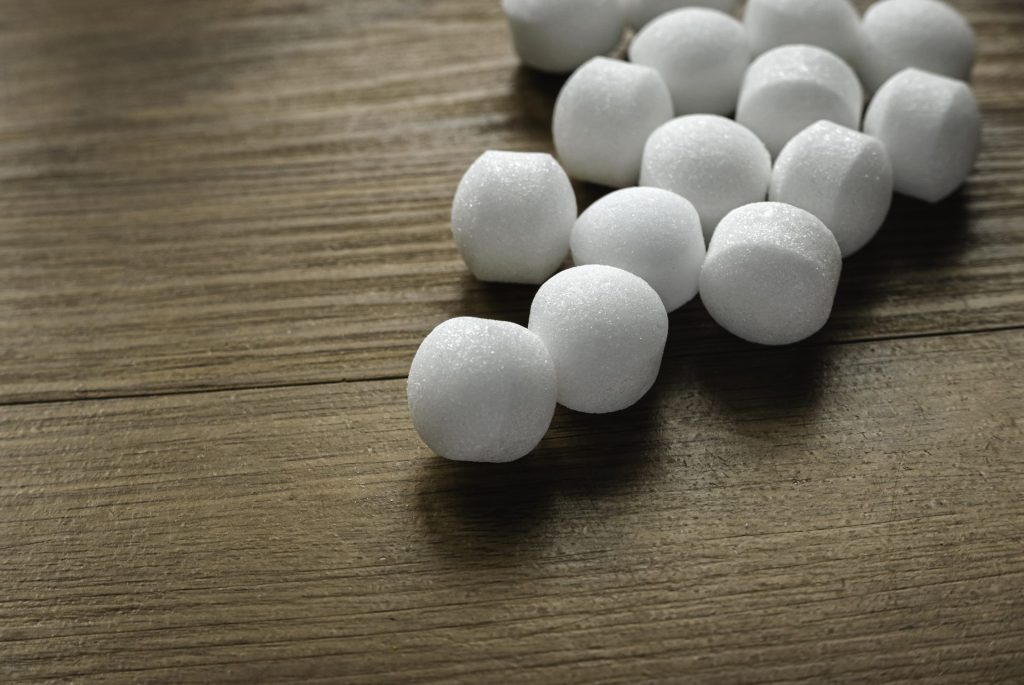
You probably recognize the pungent smell of mothballs used for storing clothes and repelling insects. But many don’t realize that eating just a few of these pesticide balls can be fatal, especially to small kids.
Mothballs contain either naphthalene or paradichlorobenzene – toxic chemicals that can rapidly cause seizures, coma and multi-organ failure when digested. The strong camphor-like scent masks their extreme toxicity, making them an innocuous-seeming hazard.
Glow Sticks/Glow Jewelry

These fun novelty items use tiny plastic tubes filled with a glowing liquid chemical mixture to create that bright neon glow. But if the casing is punctured or chewed open, ingesting even a small amount of the dibutyl phthalate and hydrogen peroxide solution inside can be fatal, especially for small children.
While relatively harmless as designed, if the internal glowing liquid is inadvertently swallowed, it can severely burn the mouth, throat and digestive tract.
Looking at this list of seemingly harmless things that can actually kill just goes to show – you really can’t judge a book by its cover. Regular household items, plants, and even kid’s toys might end up being way more dangerous than they appear. A little knowledge and caution can go a long way in avoiding terrible accidental poisonings or injuries from overlooked hazards.